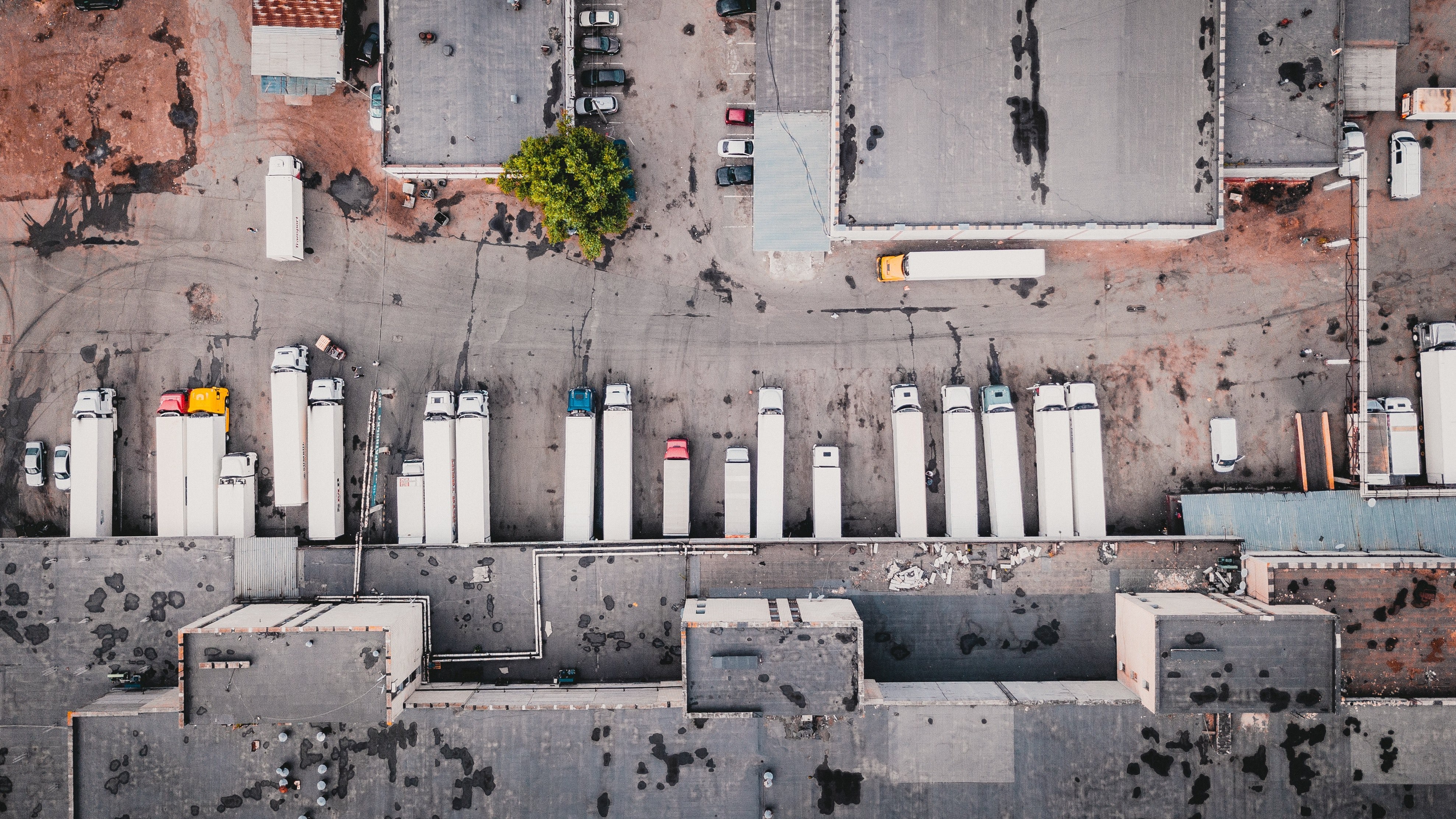It is not only grocery stores and consumers that throw food away unnecessarily. An insane amount of food is discarded on the way to stores. Is it possible to reduce the food waste in the supply chain? And what has this waste got to do with empty delivery trucks?
When Kristina Liljestrand started to study the subject of food waste and logistics for her dissertation, there was no map or compass for those who wanted to do something about the food waste on the way from the producer to the grocery store. But now, thanks to her research, there is. Her research resulted in three things:
- A prize-winning dissertation
- Suggestions for nine inspiring actions actors in the food supply chain can take to reduce food waste
- Two frameworks for reducing the environmental impact of transporting food
Food Waste in the Supply Chain Flow— Like Money Spilling from the Back of the Truck
The head of the nail in Liljestrand’s research is understanding the value in the food supply chains. When you understand how supply chains work, you can influence them to ensure that the food will stay fresh all the way to the store.
“Improving how parties in the supply chain act is good not only for the environment but also for everyone’s profitability. The amount of food, and thereby resources, that are thrown out along the supply chain is large,” says Liljestrand.
Massive Amounts of Food Are Wasted All Along the Way
28,000 truckloads of edible food are thrown away every year in Sweden.
“If you lined up 28,000 trucks in a caravan, it would reach all the way from Gothenburg to Stockholm. That is the equivalent of 530 kilometers,” says Kristina Liljestrand.
“In Sweden,” she adds, “consumers are responsible for 370 kilometers of the food waste. The remaining 160 food-waste kilometers happen on the way to the store.”
In her dissertation, which was published in 2016, the focus was on those “remaining 160 kilometers.”
Not a Job for MacGyver

Since many different actors are involved at different points in the supply chain, it is difficult for individual actors to MacGyver it. With the improvements that Liljestrand suggests, instead several heroes step outside the box and work together to reduce food waste.
“If the food is going to get to the store on time, without spilling out the back of the truck, it is important to realize how complex the food logistics system is,” explains Liljestrand.
At the same time, food waste is only one of the supply chain’s unwanted side effects. On the other side of the coin, we find delivery trucks running empty or half empty.
In this part of the research, Liljestrand studied delivery truck fill rates and intermodal transports.
“This means that I looked at how well the space in pallets, boxes, and trucks is used and how road transportation is combined with rail and maritime transportation. This made it possible for me to identify which types of shipping are most efficient to work with and how best to do it.”

While Liljestrand’s dissertation has provided companies throughout the whole food supply chain with tools they can use in the here and now, the challenges of low fill rates awoke her desire to end resource waste in more logistics systems in a smart way. That is why this is where the next chapter in her research starts.
This fall, Liljestrand and her fellow researchers at Chalmers Industrial Technology start an ambitious and pragmatic research project. Together with LogTrade, CargoSpace24, and other major industry actors, she is going to help reduce the number of delivery trucks running empty and half empty. Read more about this project here.




